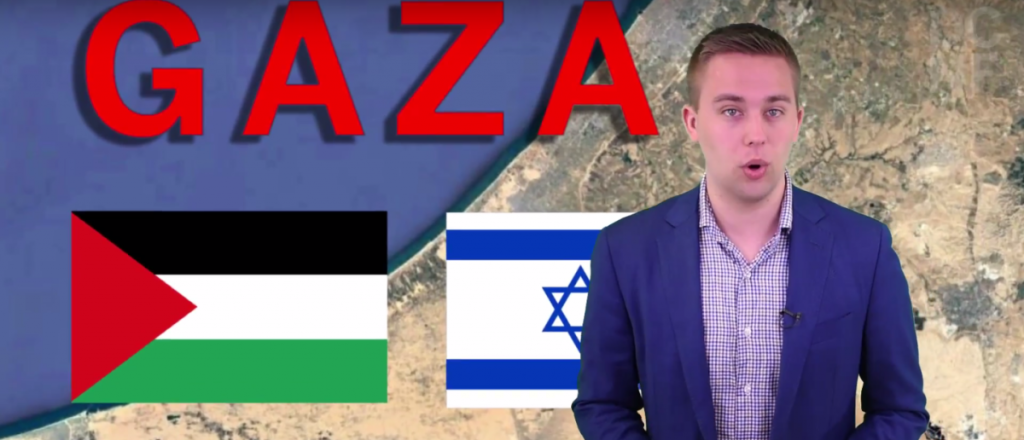Russia and Israel have reached an agreement on the removal of Iranian forces at least 85 kilometers from Israel’s Golan Heights, Russia’s special envoy for Syria told the Sputnik news agency on Wednesday.
“As we took into account the Israeli concerns, we managed to attain the pullout of Iranian units 85 kilometers from the Israeli[-Syrian] border,” Russian Presidential Special Envoy for Syria Alexander Lavrentyev said.
According to Lavrentyev, Russia is “certain” that Israeli concerns over the presence of pro-Iranian forces near its border with Syria are decreasing.
Jerusalem has repeatedly said it would not allow Iran to establish a permanent presence in Syria. Israeli officials, including Prime Minister Benjamin Netanyahu and Defense Minister Avigdor Liberman, have met with their Russian counterparts numerous times in recent weeks to stress the importance of preventing such a presence.
Last month, Israel refused a Russian offer to keep Iranian troops in Syria 100 km. from Israel’s border, with officials stating that Israel wanted Iranian troops to fully withdraw from Syria, something Russia warned would be unrealistic.
Russia views Iran as a key player in resolving the crisis in Syria and has repeatedly emphasized the Islamic Republic’s importance in the war-torn country.
“They are playing a very, very important role in our common and joint effort to eliminate terrorists in Syria,” Russian Ambassador to Israel Anatoly Viktorov told Channel 10 on Tuesday.
“That is why, for this period of time, we see as nonrealistic any demands to expel any foreign troops from the entirety of the Syrian Arab Republic,” he said.
Moscow intervened in the Syrian war in September 2015 and, as an ally of Syrian President Bashar Assad, finds itself part of an alliance between Damascus and Tehran, the patron of Hezbollah.
Lavrentyev told Sputnik that Russia is acting in an open manner and respecting the interests of all neighboring countries, including Israel.
“We are doing nothing behind one’s back. We are informing Damascus about all our activities. We are acting jointly because we hope for the full support of Damascus, incumbent authorities on further democratization of the [Syrian] society, launch of the political process and implementation of the constitutional reform,” he said.
Tensions have risen dramatically between Jerusalem and Tehran in recent months after Israel struck 50 Iranian targets in Syria in May in response to Iran launching 32 missiles toward Israeli positions in the Golan Heights from Syria.
Footage of Israel striking Iranian targets in Syria, May 2018 (Credit: IDF spokesperson’s office)
On Tuesday, the IDF released new footage showing Israel Air Force jets and cannon fire striking targets in what was the widest military operation launched by Israel against Syria since 1974.
The IDF struck tens of positions and targets belonging to the Islamic Revolutionary Guard Corps’ Quds Force in Syria, including logistics bases, weapons depots, intelligence sites and intelligence-gathering positions near the border with the Golan Heights. All were destroyed by the IAF and the 282nd “Golan” Artillery Brigade within 90 minutes after the 20 Fajr-5 and Grad missiles were fired toward Israel.
During the Israeli retaliation, the Syrian regime fired dozens of air-defense missiles from Sa2, Sa17, Sa22 and SA5 missile batteries. The IAF jets all returned to base safely and the antiaircraft launchers were destroyed.
Israel had been preparing for a retaliatory attack from the Quds Force since mid-April, when an Israeli strike allegedly hit an Iranian-operated air base in Syria, killing seven IRGC soldiers.
The IDF instructed local authorities to open bomb shelters to residents of the Golan Heights the night before the missile salvo, following the identification of “abnormal movements of Iranian forces in Syria.”

















